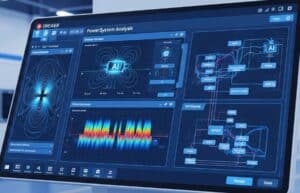
Online AI tools are rapidly transforming electrical engineering by augmenting human capabilities in circuit design, system analysis, electronics manufacturing, and power system maintenance. These AI systems can process vast amounts of simulation data, sensor readings, and network traffic, identify complex anomalies or performance bottlenecks, and generate novel circuit topologies or control algorithms much faster than traditional methods. For instance, AI can assist you in optimizing PCB layouts for signal integrity and manufacturability, accelerate complex electromagnetic or power flow simulations, predict semiconductor device characteristics, and automate a wide range of signal processing and data analysis tasks.
Las indicaciones que se ofrecen a continuación ayudarán, por ejemplo, en el diseño generativo de antenas o filtros, acelerarán las simulaciones (SPICE, simulaciones de campo electromagnético, análisis de estabilidad del sistema eléctrico), ayudarán en el mantenimiento predictivo en el que la IA analiza los datos de los sensores de los transformadores eléctricos o los componentes de la red para prever posibles fallos, lo que permite un mantenimiento proactivo y minimiza el tiempo de inactividad, ayudarán en la selección de materiales semiconductores o la selección óptima de componentes (por ejemplo, elegir el mejor amplificador óptico para parámetros específicos), y mucho más.
- Esta página es específica para un dominio. Si lo desea, puede realizar búsquedas en todos los dominios y según todos los criterios en nuestro >. Directorio AI Prompts <, dedicada al diseño y la innovación de productos.
- Dados los recursos del servidor y el tiempo, los propios avisos están reservados sólo a los miembros registrados, y no son visibles a continuación si no se ha iniciado sesión. Puede registrarse, 100% gratis:






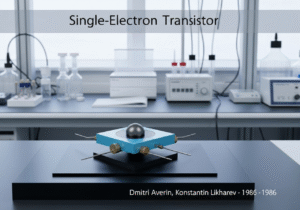
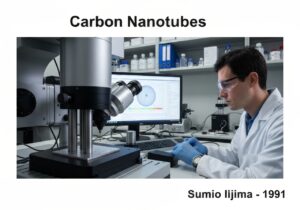



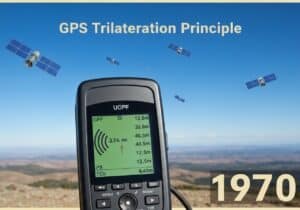



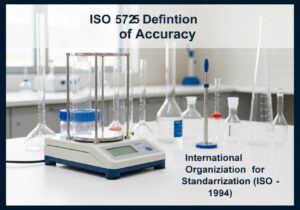










¿la eficacia de la IA a la hora de generar indicaciones depende en gran medida de la calidad de los datos de entrada?
¿también proyectos de ingeniería? Discutámoslo también.
La IA no es una solución mágica.
Publicaciones relacionadas
Últimas publicaciones y patentes sobre perovskitas
Últimas publicaciones y patentes sobre grafeno
45+ Science Tricks for Games and Marketing: Data-Driven and Statistical Tricks
Uso o abuso de 25 sesgos cognitivos en el diseño y la fabricación de productos
Revised NIOSH Lifting Equation in Bench Ergonomics
Dark Web vs Darknet vs Deep Web: 101 y más